From de-risking businesses to building efficiencies to reducing seafood fraud, artificial intelligence is proving its versatility
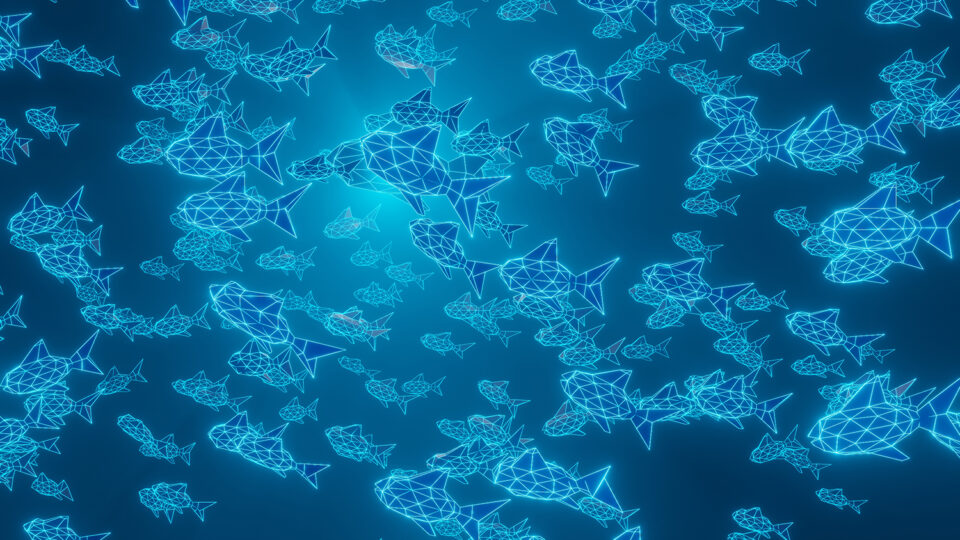
As aquaculture tries to meet growing global demand for seafood, the role of artificial intelligence (AI) is increasing in a variety of spheres, making ripples throughout the industry and promising to deliver greater efficiencies and insights into fish farming.
“Across the board, AI ticks all the boxes for a high-growth area for investors right now,” says Nathan Pyne Carter, CEO of Ace Aquatec. “The reason aquaculture is such a hot space for investors is because they’re seeing how much potential AI has in the field. To ensure aquaculture is growing in an ethically, responsible way, you need intelligent systems to deliver transparency in the supply chain, to monitor water conditions and to ensure you’re not wasting feed or causing stress to your fish. Monitoring all this in a way that’s not labor-intensive on the people side makes sense, and that’s where AI comes in.”
Scotland-based Ace Aquatec recently launched a humane seal-deterrent system that uses AI to distinguish between different species and to activate a reaction-specific trigger based on how wildlife is behaving around a farm. The company’s AI-enabled cameras distinguish seals from porpoises and whales and target its Acoustic Startle Response and Electric Startle Response deterrents to a specific predator. Sound deterrents are tailored to the hearing sensitivity of that species, and programmable, randomized pulses are emitted when the response is triggered.
“That’s more effective than having an acoustic or electric field on all the time, that the animals can habituate to. It allows us to only respond when we need to,” Pyne-Carter said. The goal is to create a conditioning response that causes no injury to predators but instead deters them from approaching fish pens.
“We’re looking for ways to create a learning event in the seal or sea lion, one that creates a shock and flight response,” he said. “We’ve tackled it from two modalities, acoustic and electric, but both create the same reaction within a few milliseconds. As fish farming has expanded into the ocean and we’re building up farms to meet the growing needs of the population, seals and sea lions start to see an easy meal in the fish cages. So we’re trying to encourage them back to their natural behaviors of chasing wild fish rather than predating on the farms.”
There’s potential for this system to detect other predators, such as otters predating on trout farms, birds, or even humans, in the future.
“In Chile, aquaculture farmers have to be careful of people stealing fish at night,” Pyne-Carter said. “In Scotland, we focus on marine mammals and have trained ourselves on seals, porpoises and whales, but our AI training program requires only 200 images of each animal we’re interested in. So our wildlife cameras could deliver warnings about other animals, birds, people or boats fairly easily. Whatever we do, we want to make sure it’s ethically and environmentally responsible, done in a way that respects the habitats of animals local to the area.”
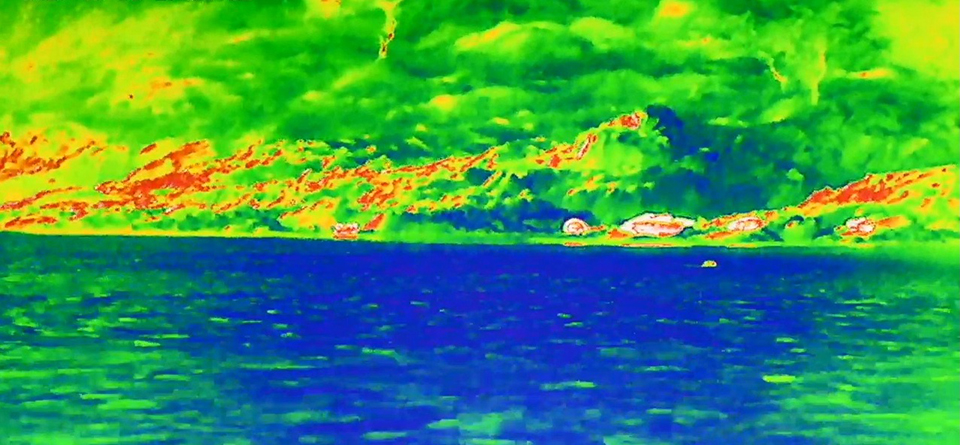
Seal predation also costs the salmon sector dearly: According to Salmon Scotland, one million fish were eaten by seals from 2020-21, costing the industry there £12 million a year in losses.
In Norway, Cermaq, BioSort and ScaleAQ are working on iFarm, a sensor containing multiple cameras that uses AI to recognize individual fish in a pen and capture small details like a salmon’s dot pattern and the number of sea lice on a fish. The companies are testing different designs and set-ups in what will be a five-year development period. “It’s a very complex system that requires sophisticated interaction between farming equipment, machine vision and fish behavior,” said Karl Fredrik Ottem, Cermaq’s iFarm project manager.
“But assuming our trials are successful, this will give farmers access to a technology that can improve overall fish welfare, provide protection against sea lice, and greatly reduce mortality. It will allow the salmon farming industry to shift from stock-based aquaculture to individualized follow-up and care, which will have a huge impact on fish health and welfare and will also reduce the footprint of farming.”
An overall reduction in the handling of fish would cut down on a common stressor. iFarm’s AI would enable early disease detection and implementation of countermeasures to stop the spread of infection. And the identification and sorting of fish that require follow-up or treatment would reduce the number of operations at a sea site and thus reduce the risk of escapes.
The potential to monitor every fish in a net pen coupled with big data analysis on the net pen population, site and region, will provide a unique insight and understanding of important elements in the sea phase, he adds. “And because iFarm can be implemented in existing farming structures, consequently the investments costs would be relatively low.”
Another innovation in research and development is Minnowtech’s biomass estimator, which is able to estimate the biomass of shrimp ponds with 95 percent accuracy. CEO Suzan Shahrestani says a sonar device collects data at the edge of a pond and can provide farmers with estimates within 30 minutes. “The AI occurs outside the pond, when we’ve collected the data and processed it based on our understanding of how we expect the animals to behave in their environment,” she says.
The company’s biggest challenge right now is scaling the sonar device, but once this has been surmounted, Minnowtech will be able to collect enough data to deliver guidance to the industry.
The reason aquaculture is such a hot space for investors is because they’re seeing how much potential AI has in the field.
“Big data information like disease, temperature and where you’re obtaining your broodstock is best interpreted by AI,” she says. “We’re planning market entry right now, trying to see where our device fails and fix it. After that, the next step is to roll it out in a particular region.”
Shahrestani said the biomass estimator has lots of potential for other uses. “We started with the hardest species because counting shrimp is such a major problem, but there’s definitely room to grow to other species.”
In Norway, Kvarøy Arctic signed an agreement with IBM and Atea in June 2020, wanting to use blockchain technology to maintain and improve the quality of their brand in competition with other brands of salmon.
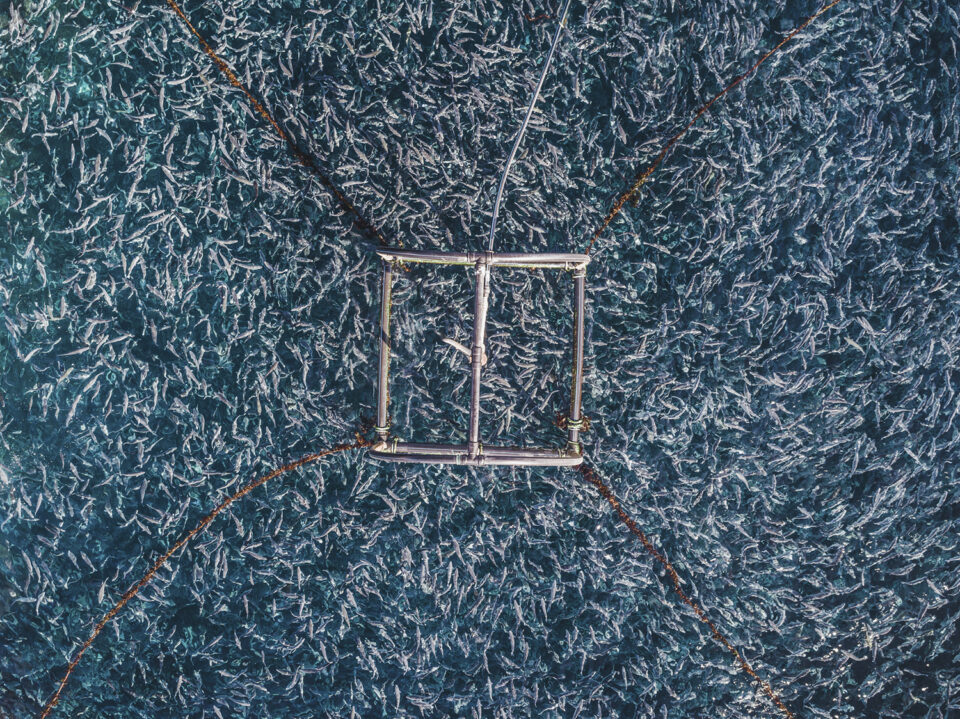
“Kvarøy wanted to do this because there’s a lot of misinformation in the supply chain, including mislabeling of species that is misleading for consumers,” said Loek Vredenberg, chief technical officer at IBM Norway. “Using the IBM food trust capability, consumers scan a QR code that contains data points collected on the salmon from capture and harvest to processing, packaging and transportation. This way they can make an educated decision on whether they want to buy it.”
According to data from IBM Food Trust, 20 percent of seafood samples worldwide are mislabeled due to fraud or human error, and 35 percent of seafood from select European countries, when transported by air, had higher temperatures than recommended temperatures. Also, up to 47 percent of the seafood entering the United States annually is wasted due to unnecessary harvesting and production.
Since the first proof of concept with Kvarøy, IBM and its Nordic partner Atea entered an agreement to implement blockchain technology for the Norwegian Seafood Trust in Norway, part of Norwegian Seafood Companies, a consortium of 200 industry members. Vredenberg said Norwegian fish farmers are signing up right now, the tracking solution is already in use globally and the technology will be scaled up to meet the increased demand.
Blockchain expands its aquaculture presence with shrimp and salmon
But this is only the beginning, he insists. Blockchain can also be used to enhance the efficiency of the value chain and improve seafood sustainability on a large scale.
“We will be able to use AI to optimize the routing of goods, sensor technology to measure the salmon’s temperature during transportation, and from a growing perspective, to improve how the fish are farmed, removing waste and redundant energy use throughout the supply chain. The data we capture allows for much greater optimization of the handling of product between different parties in the value chain,” he says. “For example, if you see the fish is lying in a container on a dock for six to 12 hours, you could optimize that, because everyone in the value chain is informed where the fish is and what to expect. The technology can send automatic messages about the fish’s arrival time.”
Helge Stubberud, senior solution architect at IBM, noted that data from sensors could be analyzed by AI and used for feed optimization and for predicting the presence of sea lice. He noted sea lice costs Norwegian salmon farmers between NOK 5 billion and NOK 10 billion annually (U.S. $500 million to $1 billion), and amounts to 10 to 12 percent of the cost of producing the fish.
“Regulations say farmers are not allowed to have more than a specific number of sea lice on the fish, and they’re counting it manually. By knowing the lice figures ahead of time farmers can optimize treatments for the sea lice, instead of having to shut down their farms,” Stubberud said.
The cost of implementing blockchain technology relative to the total cost of the salmon is minimal, even trivial when compared to the value the technology brings, Vredenberg adds.
“I think it’s going to be a cost-shared between the client and the farmer, but this is part of the business model we’re experimenting with at the moment, to see how much consumers are willing to pay for this kind of information, and what, exactly, it does for producers,” he says. “Does a greater degree of transparency allow producers to sell more fish? We shouldn’t underestimate the fact that this roots out fraud in the value chain. It’s one way to eliminate less serious players from the value chain and to leave only serious farmers.”
Follow the Advocate on Twitter @GSA_Advocate
Now that you've reached the end of the article ...
… please consider supporting GSA’s mission to advance responsible seafood practices through education, advocacy and third-party assurances. The Advocate aims to document the evolution of responsible seafood practices and share the expansive knowledge of our vast network of contributors.
By becoming a Global Seafood Alliance member, you’re ensuring that all of the pre-competitive work we do through member benefits, resources and events can continue. Individual membership costs just $50 a year.
Not a GSA member? Join us.
Author
-
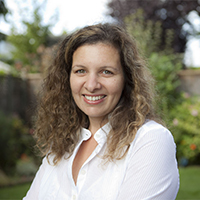
Lauren Kramer
Vancouver-based correspondent Lauren Kramer has written about the seafood industry for the past 15 years.
Tagged With
Related Posts
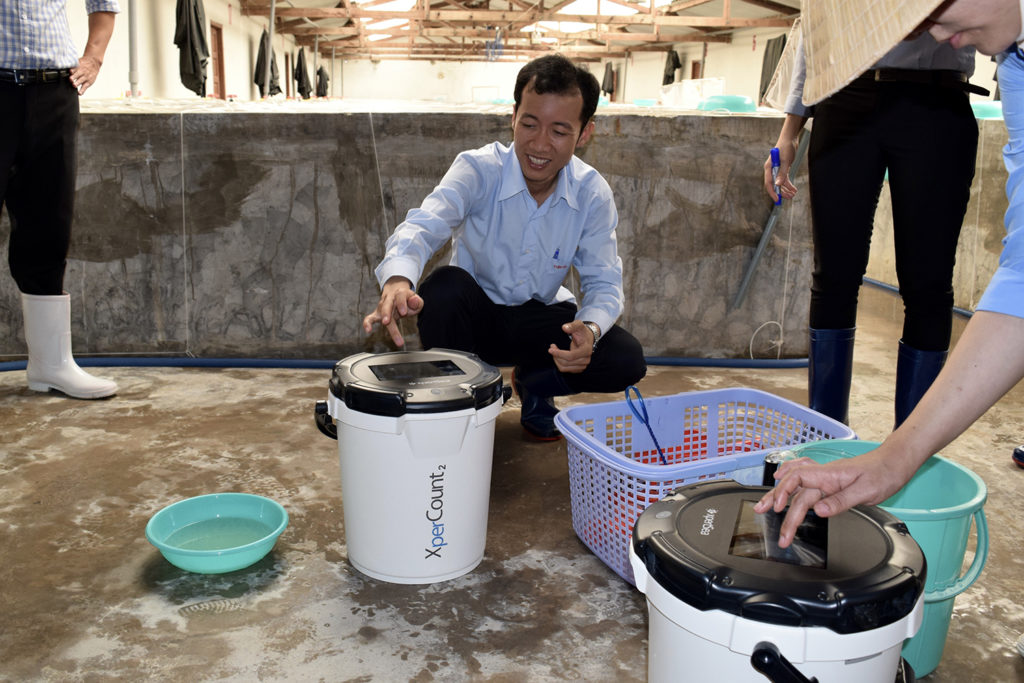
Innovation & Investment
AI platform delivers data to fish and shrimp farmers
XpertSea does more than count fish. It uses AI and computer vision to calculate growth rates and optimal harvest dates to improve aquaculture efficiency.
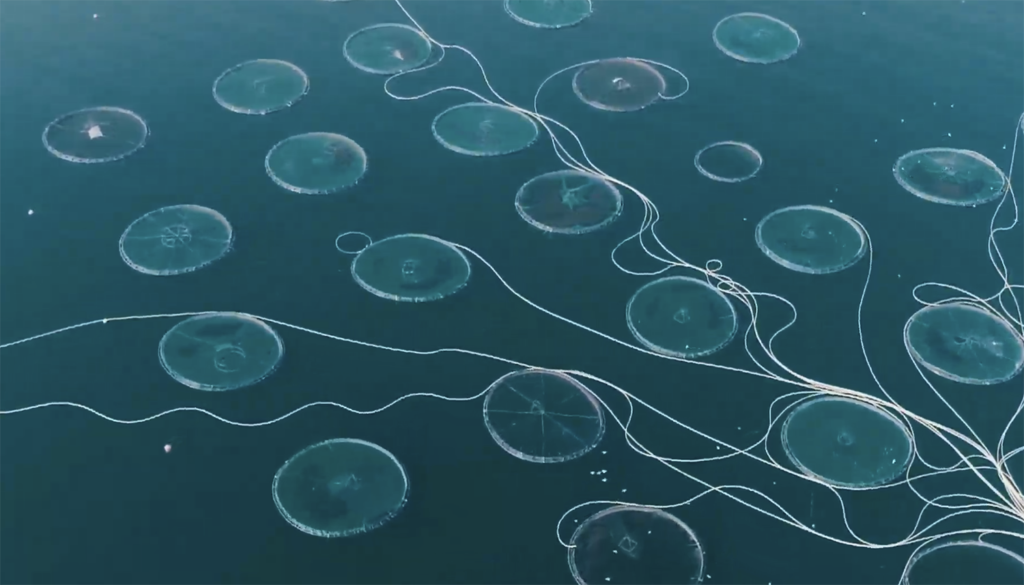
Innovation & Investment
Apps, AI and algae: Meet Hatch Blue’s fourth cohort
Hatch Blue’s fourth cohort performed their pitches online for the first time, showcasing a spectrum of aquaculture product and service businesses.
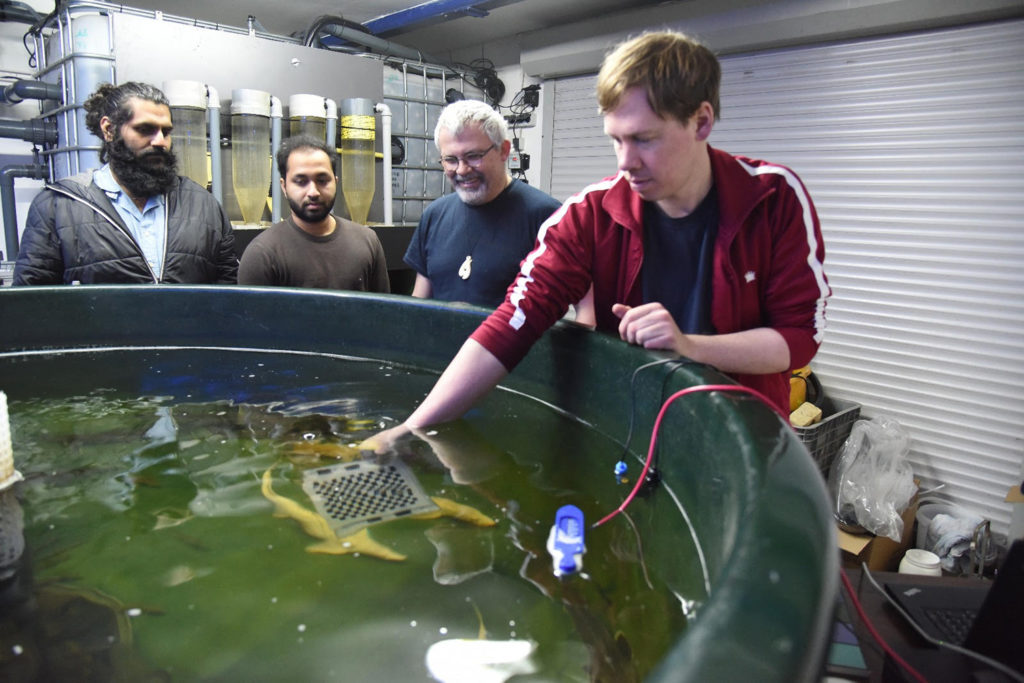
Innovation & Investment
Can IoT tool help fish farmers sleep better at night?
Berlin-based Monitorfish wants to enable fish farmers to keep a close watch on their stocks from their smartphones, another Internet of Things solution for producers.
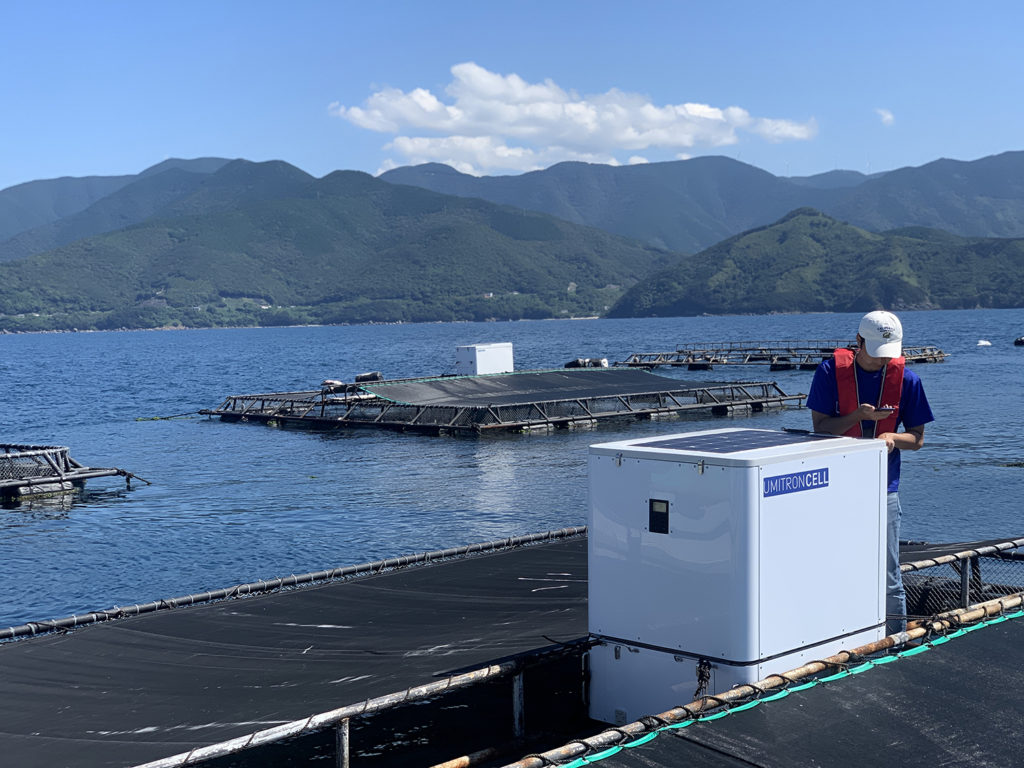
Innovation & Investment
Can aquaculture go all-in on AI?
Progressive aquaculture companies are harnessing the power of artificial intelligence (AI) from firms like Umitron and Aquaconnect to improve operations.

